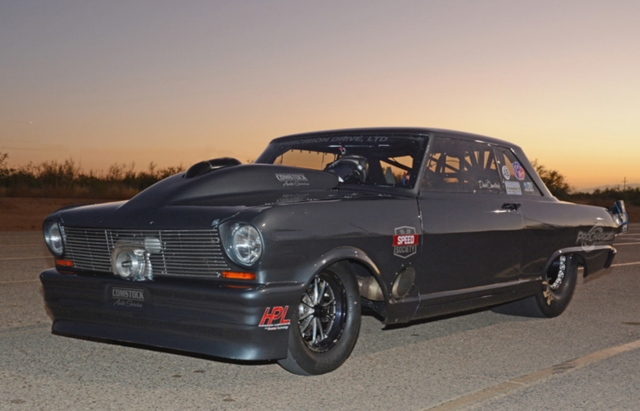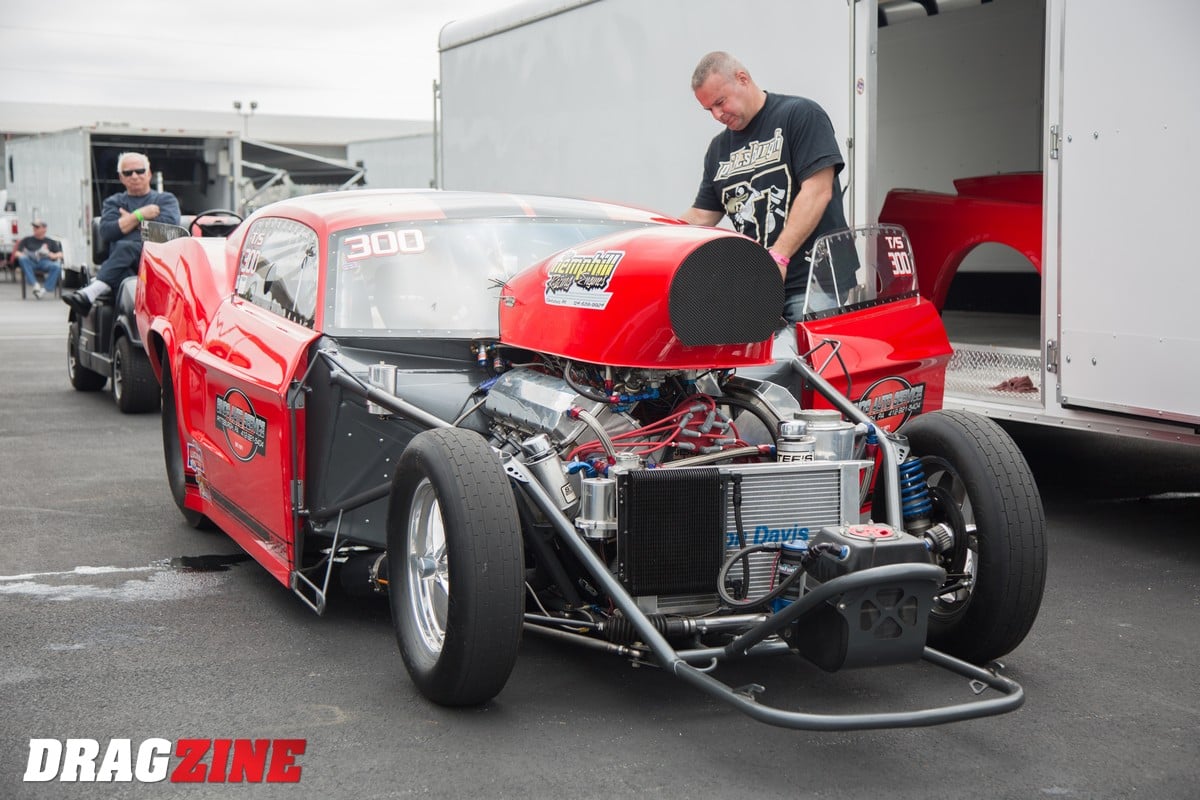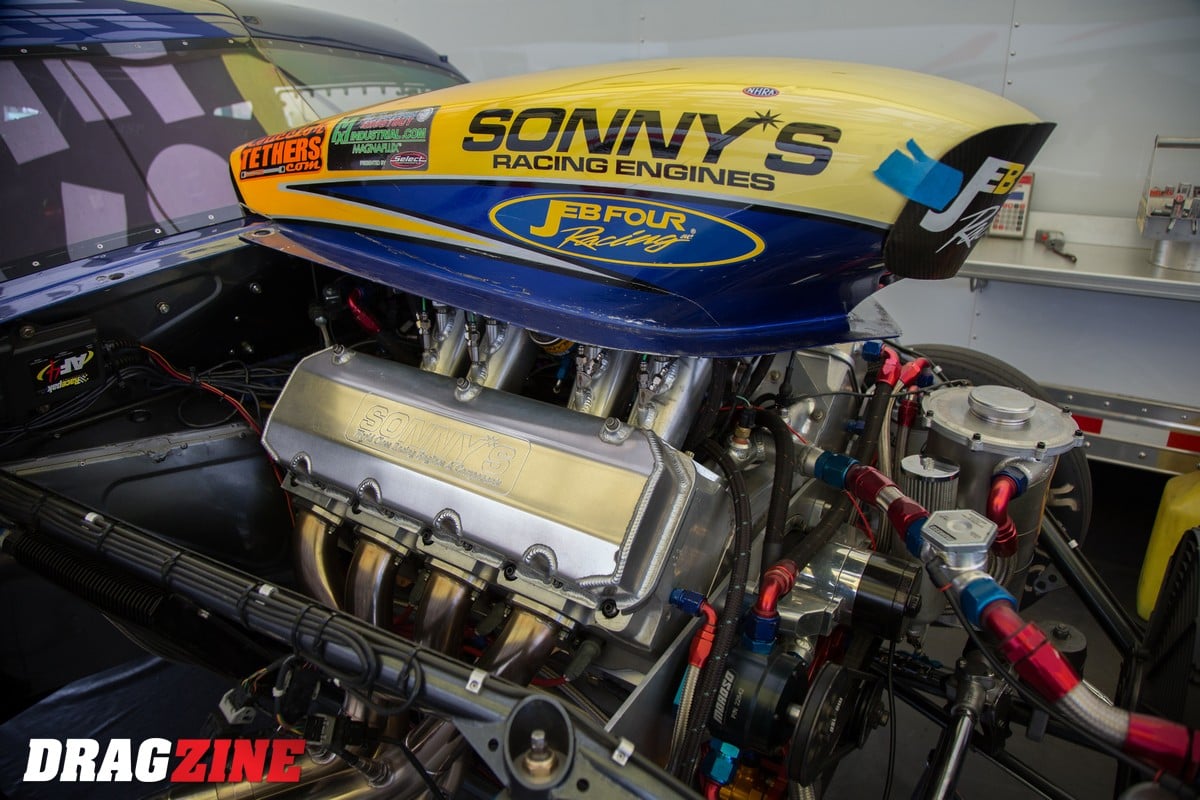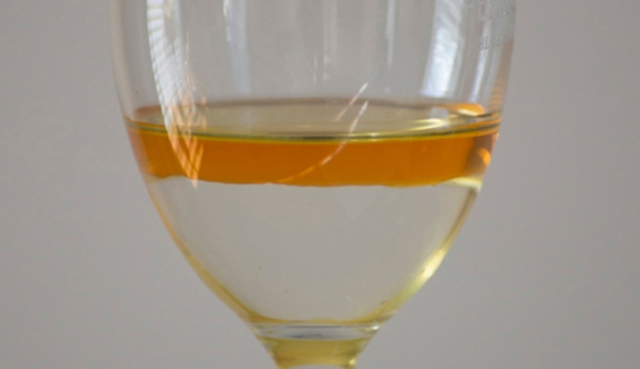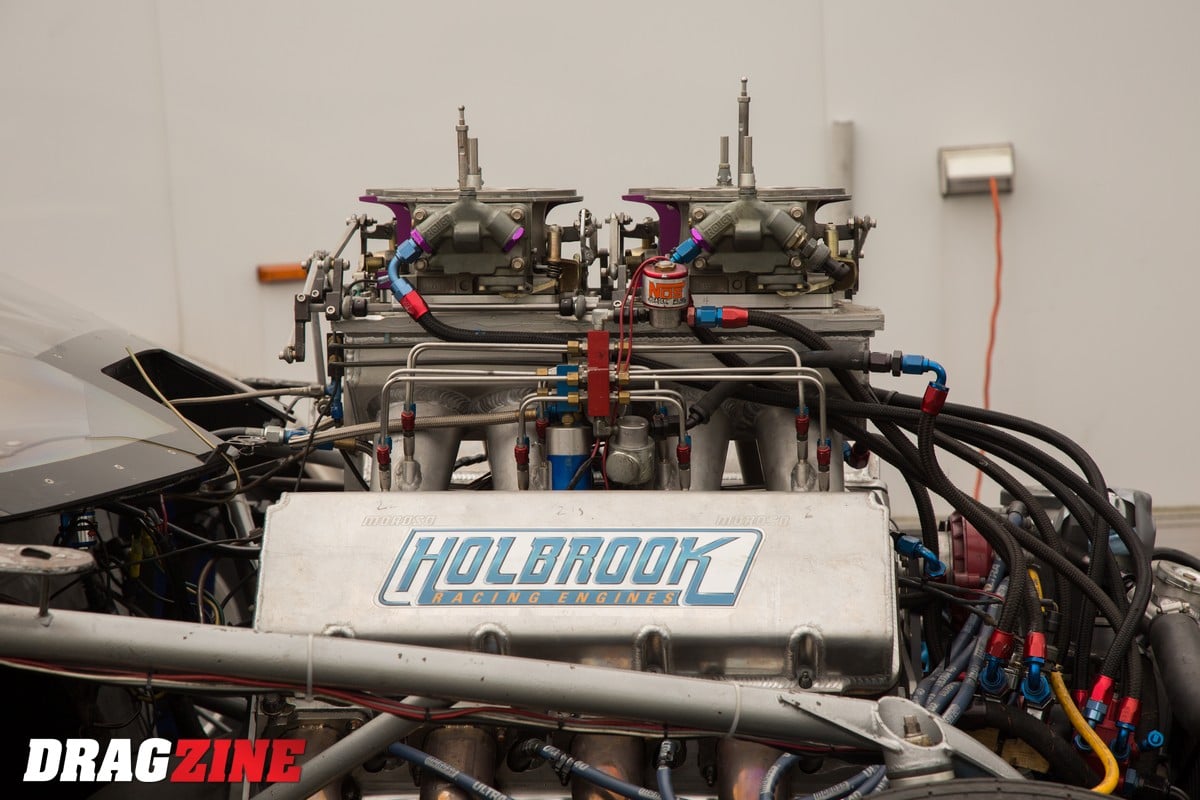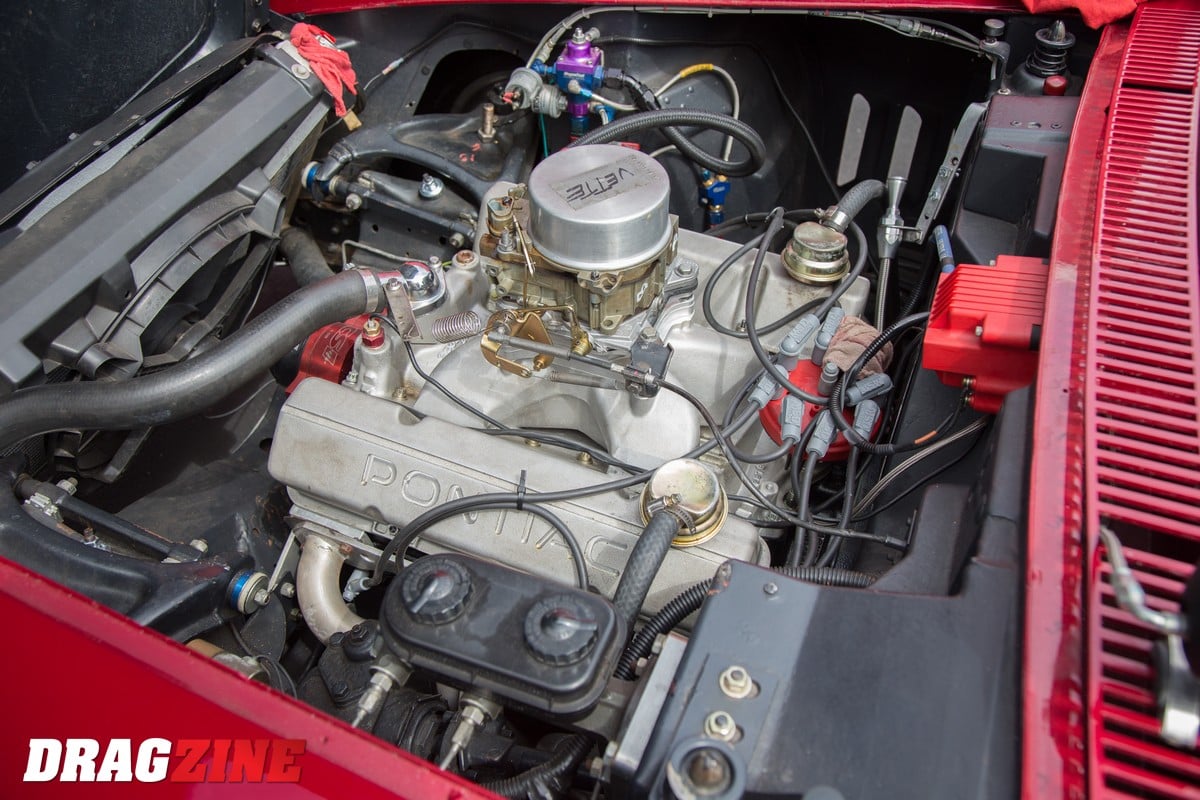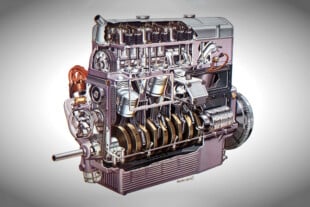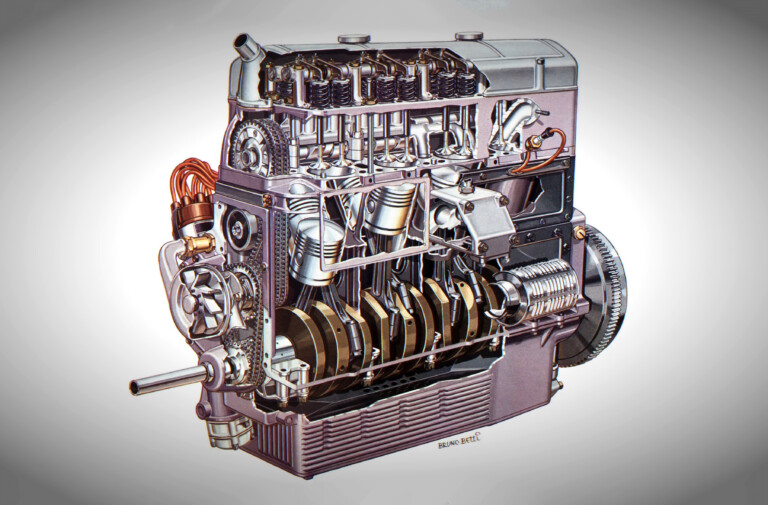Keeping an engine happy requires two liquids: oil for lubrication and fuel to burn for power. Both of these are fine on their own, however, when you begin to mix them in the engine, bad things happen. To help minimize damage to an engine when there is contaminants in the oil, you can use a quality synthetic oil.
When an engine is pushed to extremes in racing conditions fuel can contaminate the oil when it escapes from the combustion chamber and into the crankcase. That fuel keeps the oil from protecting the cylinder wall and causing wear, along with damaging the rings and piston skirts. As the fuel lowers the oil’s viscosity, it can also increase wear on the crank and bearings.
Moisture is another enemy to the lubrication of your engine. It can find its way into the crankcase via condensation or coolant leaks, as the by-product of combustion, or through fuels like alcohol and methanol that absorb moisture from the atmosphere. This excess moisture will cause rust inside the engine and impact how effective the oil can be at keeping everything lubricated properly.
If you think there might be an issue with the lubrication in your engine there’s an easy way to check, according to Rob Short of HPL Oil. “You can drain a few ounces of oil from the bottom of your oil pan into a clear container. After sitting awhile, the sample might separate into layers with water at the bottom and oil on top with an emulsion layer in between. There might even be some fuel sitting on top. None of this is good for lubricating and protecting your engine.”
It might be hard to catch these types of issues in advance and that’s where using a quality oil can help fight serious wear when a problem occurs. Short explains how HPL formulates their oil to fight the damage outside oil contamination can cause.
“By using lab tests, including flash point, spectroscopy, and viscosity analysis, HPL Oil has engineered optimized blends with premium synthetic base oils using advanced additive packages to address and minimize these issues until you can get that oil changed. That’s a big deal, because you may never know how bad that contamination can be,” Short says.
If you want to learn more about how to protect your engine from wear, check out the HPL website to read up on proper engine lubrication.



